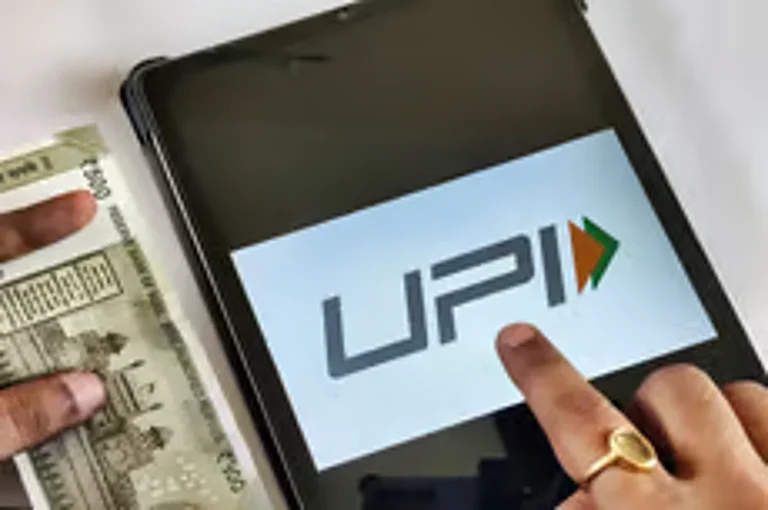A survey conducted recently by LocalCircles has discovered that most users of UPI in India oppose charging transaction fees. Almost 73 per cent of the users, while filling out the survey, mentioned that they will discontinue using UPI if the government legalises charging transaction fees. Additionally, 40 per cent of the respondents indicated that they paid a transaction fee on one or more UPI transactions over the last year.
Industry Plea For MDR On UPI Transactions
The industry group of digital payment systems, the Indian Payments Council (PCI), has requested the government formally to launch a 0.3 per cent merchant discount rate (MDR) on UPI transactions. The PCI has even proposed an MDR model for RuPay debit card transactions, to be levied from small and large enterprises.
UPI transactions currently do not carry an MDR, in contrast to credit card transactions, where payment service providers and banks are charged a fee by merchants. Although this has made UPI easily accessible, most players in the industry believe that a fee is required for the sustainability of the platform in the long run. Some merchants, however, are concerned that an MDR would result in extra charges being transferred to consumers.
UPI’s Dominance In India’s Digital Payments
UPI has exploded in size, achieving a five-year compounded annual growth rate (CAGR) of 89.3 per cent on a volume basis and 86.5 per cent on a value basis. Electronic transactions using payments were 208.5 billion in 2024 and, of these, the UPI segment accounted for 131 billion transactions—a 57 per cent year-over-year growth.
Even with this fast growth, the long-term sustainability of a zero-fee model is doubtful. In 2022, the RBI proposed the concept of a tiered charge for UPI but subsequently put the plan on the back burner, referring to UPI as a "digital public good."
Survey Highlights Public Resistance To Fees
The LocalCircles survey gathered comments from more than 32,000 UPI users across 376 districts. Their research has indicated that, at best, 25 per cent of users are willing to pay a transaction fee. The willing-to-pay user base has been stable at 23 per cent from 2024 to 2025. Of the 16,295 respondents who responded to a fee structure question, 12 per cent favoured an annual fixed fee per transaction and 11 per cent preferred fixed as well as percentage fees.
Will Fees Impact UPI’s Popularity
The report findings suggest that while merchants benefit from UPI’s low-cost infrastructure—relying on QR codes instead of expensive POS machines—the lack of revenue from transactions may limit investments in security, innovation, and user experience.
With online payment becoming India's new normal, the issue of UPI fees is a burning topic. The government's dilemma is striking a delicate balance between being financially lucrative and user adoption, with charging any fee putting a dent in the popularity of the platform.










